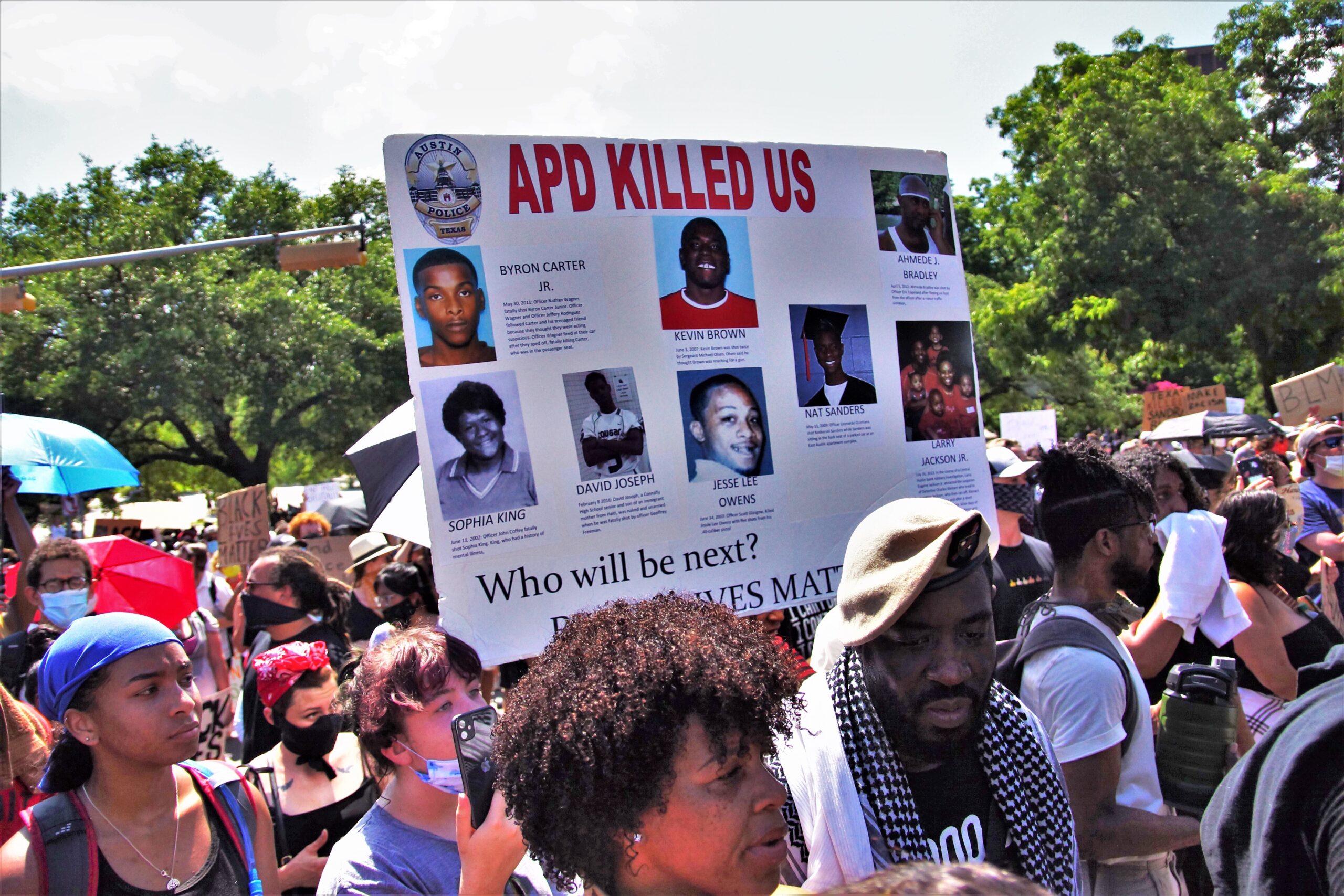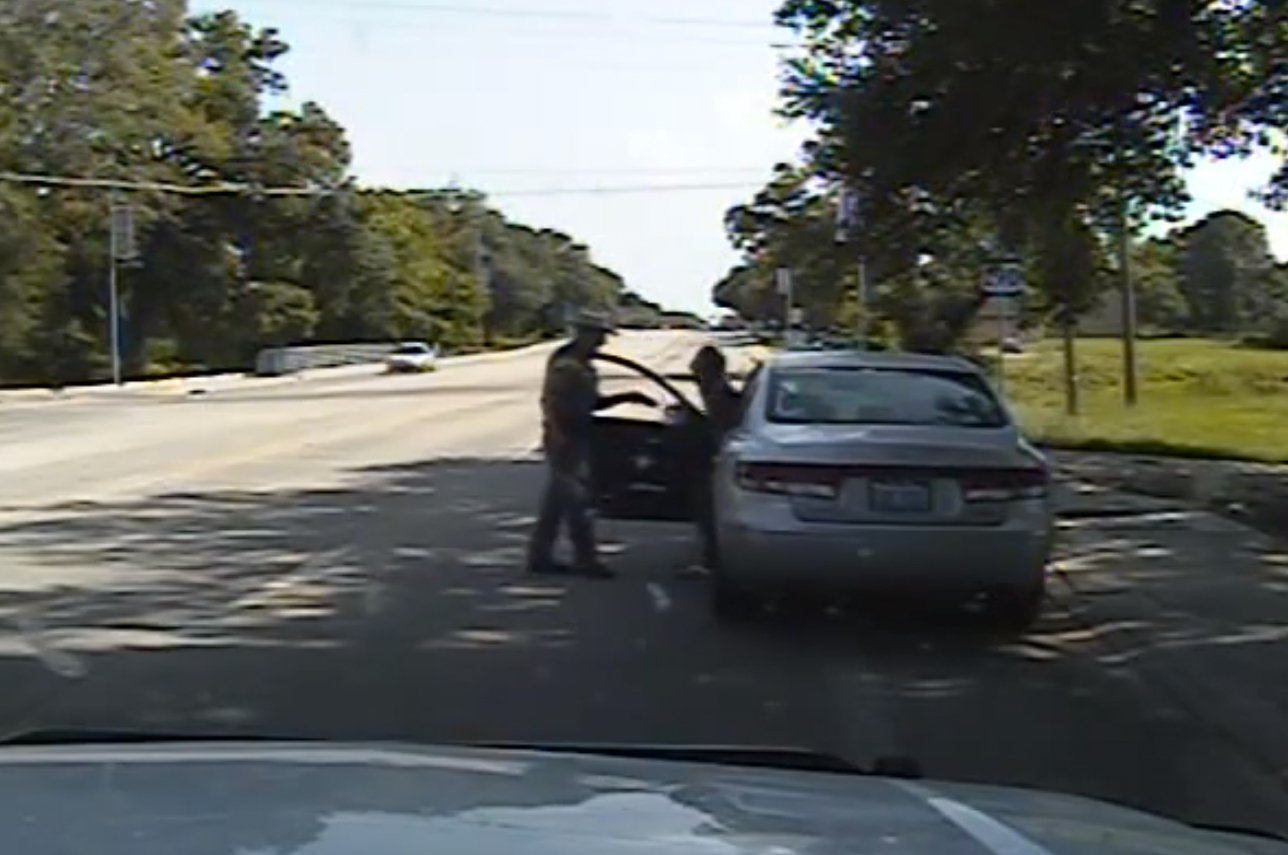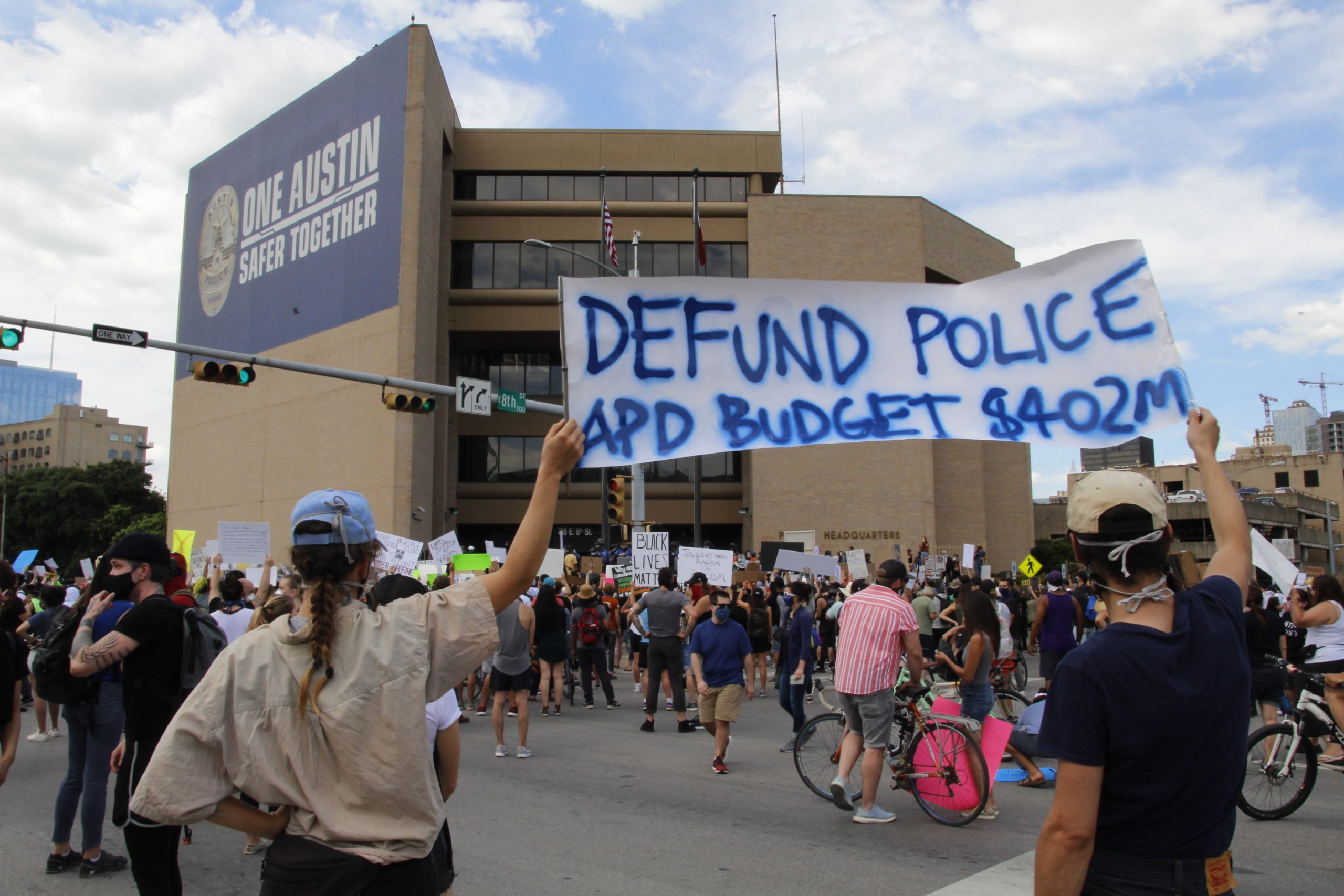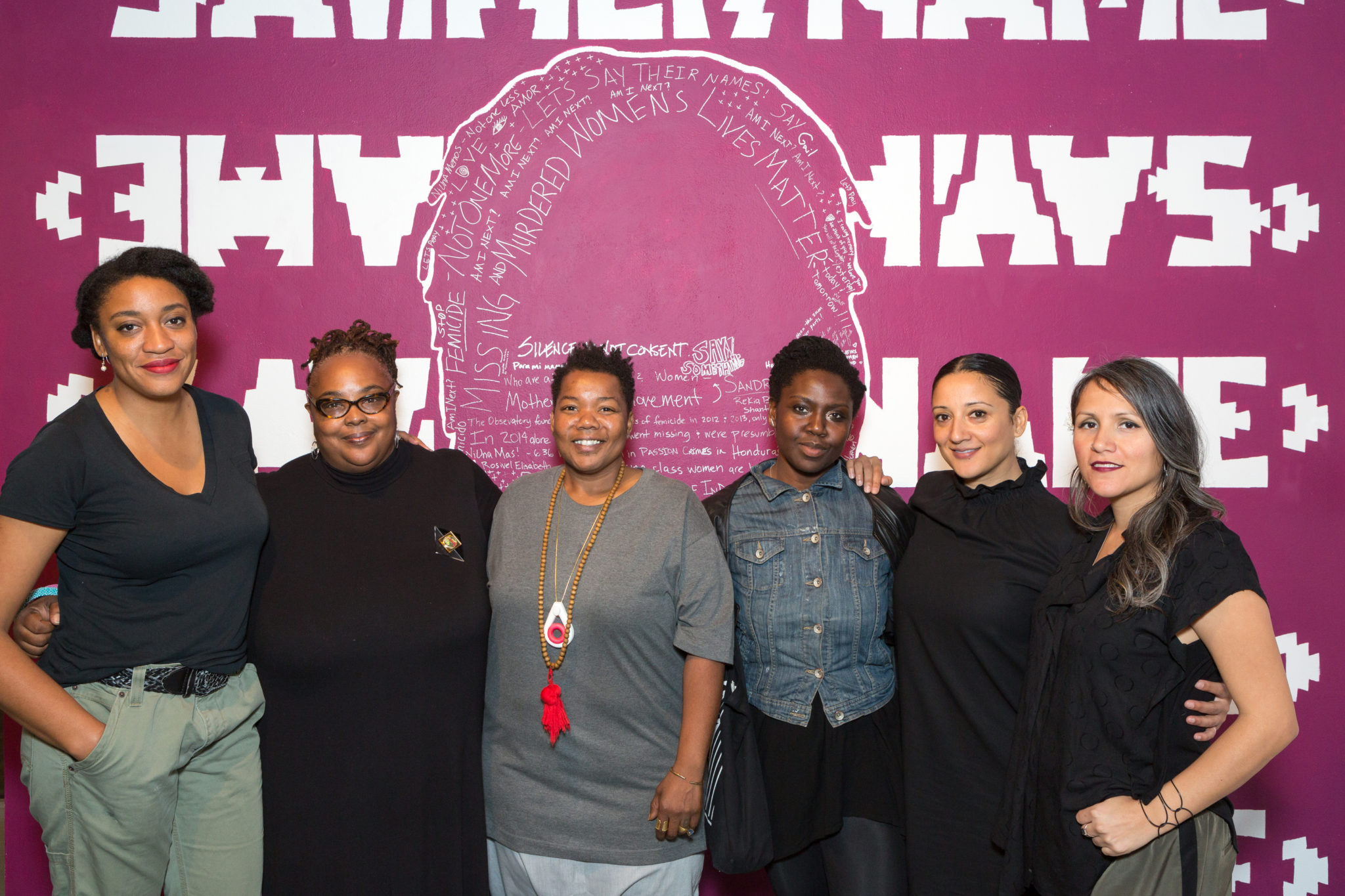
In ‘How Do I Say Her Name?,’ Women Artists of Color Grapple with Police Violence
A new exhibit at Art League Houston aims to raise awareness of police brutality against women of color.
In ‘How Do I Say Her Name?,’ Women Artists of Color Grapple with Police Violence
A new exhibit at Art League Houston aims to raise awareness of police brutality against women of color.
On the afternoon of July 10, 2015, Ann Johnson was attending an art retreat in Tougaloo, Mississippi. At the same time, 500 miles away in Johnson’s hometown of Prairie View, Texas, Sandra Bland was getting pulled over for changing lanes without a turn signal. Bland, 28, was taken to the Waller County Jail, where she was found dead three days later.
The two seemingly unconnected incidents guided the course of what followed for Johnson, a painter, mixed media artist and art professor at Prairie View A&M University.
The incidents were not so disconnected after all. Tougaloo had been a center of activity during the civil rights movement — a fact not lost on Johnson, whose parents had marched and attended protests in the 1960s. A half-century later, Bland’s mysterious death hit home for Johnson.
“July 2015 changed me. For the first time, I found myself getting scared while driving in Waller County,” Johnson says. “Every time I exited University Drive, where Bland was apprehended, I kept reminding myself to use the blinker while changing lanes.” For months, she couldn’t bring herself to speak Bland’s name aloud.
The idea for the multimedia art show How Do I Say Her Name? was born. “Someone told me to channel my creativity into activism. I took the advice,” says Johnson, curator of the new exhibit at Art League Houston.
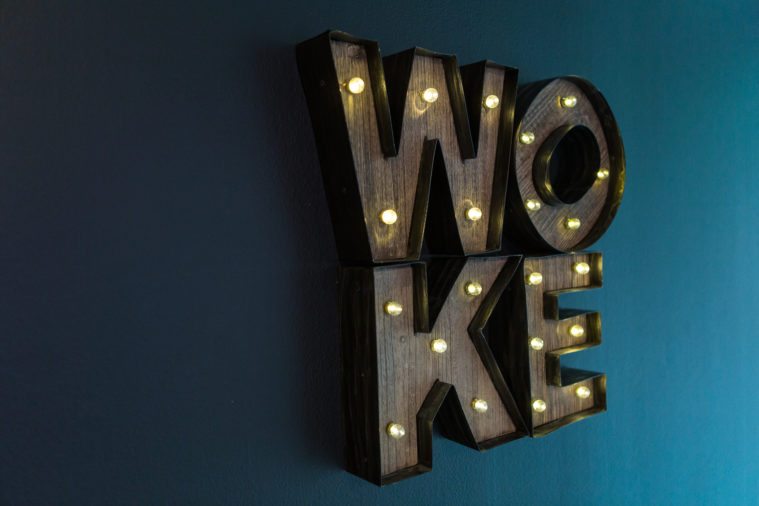
“What about the mothers of Tamir Rice and Trayvon Martin? Women are at the front lines of the protests, but rarely do protests erupt as a response to women affected by police brutality.”
How Do I Say Her Name?, on display from March 24 to May 6, brings together nine Texas women artists of color responding to issues of race, gender and police violence in America. The work of Johnson, Regina Agu, Rabéa Ballin, Lauren Kelley, Autumn Knight, Rosine Kouman, Lovie Olivia, Kaneem Smith and Monica Villarreal represents diverse disciplines and approaches, but together provides a rich and complex picture of what it means to be a woman of color.
As she envisaged the show, Johnson sought to address how often police violence toward women of color flies under the radar. “The largest forms of protest and activism are seen when black men are killed,” Johnson says. “But what about the women like Rekia Boyd and Renisha McBride? What about the mothers of Tamir Rice and Trayvon Martin? Women are at the front lines of the protests, but rarely do protests erupt as a response to women affected by police brutality.”
The exhibit’s title is a nod to the African American Policy Forum (AAPF)’s #SayHerName campaign, which aims to raise awareness of police brutality against women of color. A report released by the forum last year documents nearly 70 cases of black women who died as a result of police violence since 2012.
Artists working on the show drew variously from the struggles of black women in the United States, indigenous women murdered in Canada, Mexico’s missing women and Nigerian women facing violence and abuse at the hands of Boko Haram.
In a bold pink mural by Monica Villarreal, Bland’s silhouette becomes a symbol representing the identity of thousands of women. An enormous blank space and a box of silver pens invite viewers to write their own experiences. Among the handwritten sentences: “In 2014 alone, over 400 girls went missing and were presumably killed in Mexico,” “636 women killed in passion crimes in Honduras” and “Am I next?”
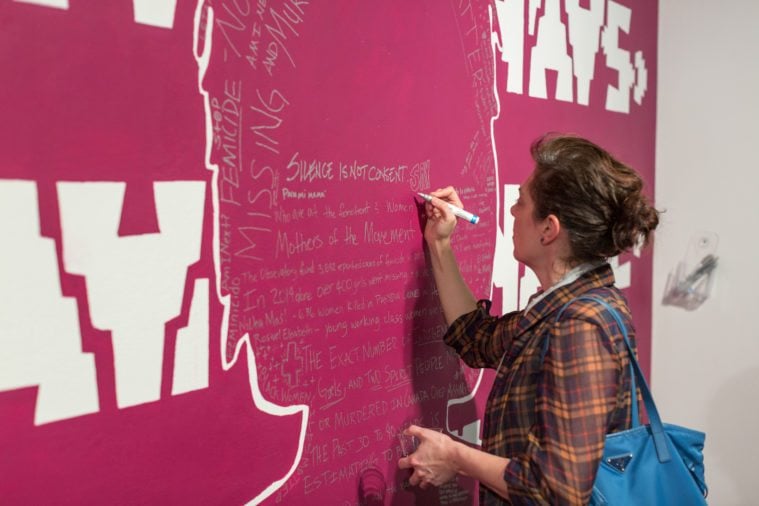
Another piece consists of a bright neon light flashing in a corner above a door. It spells out the alphanumeric 02-F-00151. “I want people to see it and ask questions: What is this? Why is it here?” says Rabéa Ballin, the artist behind the installation. The alphanumeric is Sandra Bland’s case number from police records; Ballin says she wants the piece to speak to the way that becoming a criminal statistic can rob a woman of her identity.
Johnson, too, uses light to reference social consciousness. In an assemblage of marquee letters, the word WOKE — a loaded term, first used by black activists, that has been co-opted by whites — lights up one corner of a wall.
The artists want men to take a serious look at what they are doing to perpetuate the kind of violence women face. “Women are the ones who started the Black Lives Matter movement,” says artist Kaneem Smith. “They are always at the forefront of protest marches, but are themselves effortlessly devalued at every occasion. You cannot ignore misogyny in race relations.”
Smith’s installation is a moving testament to enslaved African-American women. A quilt hangs on a scale, the kind used in cotton fields to weigh cotton.
“A quilt is a representation of something being made out of nothing. And we cannot move forward without acknowledging the past, lest history be repeated,” Smith says.
Opening photo: Participating artists pose in front of Ann Johnson’s “Am I Next?” at the opening of How Do I Say Her Name? on March 24. ALEX BARBER / COURTESY ART LEAGUE HOUSTON
